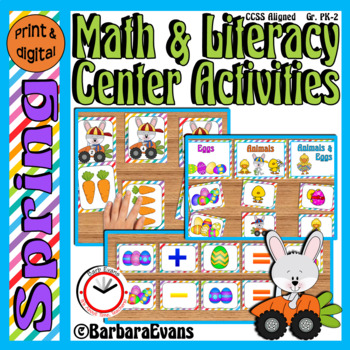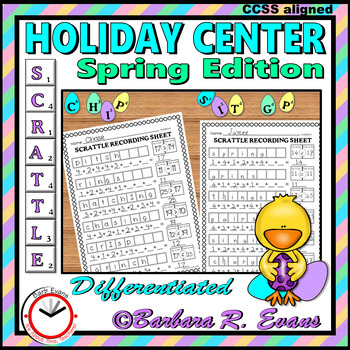April is National Poetry Month and I would love to share my passion for poetry with you.
Try some of these Springsational Poetry activites:
- Collaborative poetry is a fun way to use poetry in your classroom. It can be done with the entire class or in small groups. Each student will write 1 sentence about spring on a sentence strip. Give your students a prompt, such as 1 of those listed below. Collect all of the sentence strips and mount them on one large piece of poster paper. Invite students to illustrate around the poem and display it for everyone to enjoy. Prompts:
- It's a sure sign that it's spring when...
- The best thing about spring is...
- Spring is the best season because...
- The worst thing about spring is...
- Spring weather...
- One spring day, I ... You get the idea!
- Acrostic poems are always fun and leave the poets free from the need to create rhymes and rhythm. This can be an individual or collaborative effort. Begin by brainstorming a list of spring words, encouraging students to think in extensions; that is, going into more depth on vocabulary. Use word webs on the board to accomplish this (illustration below). Once you have a nice variety of terms, allow students to choose one of the word web words to use for their acrostic. I often have students circle the word on the board that they are going to use, writing their name or initials by it. If you have enough words, each student can use a different one. If not, you may wish to impose a limit on the number of children who can choose the same word. Then set them loose to create their acrostic poems (example below).
If you are passionate about poetry (or at least enthusiastic), your students will find that feeling is contagious.


















































